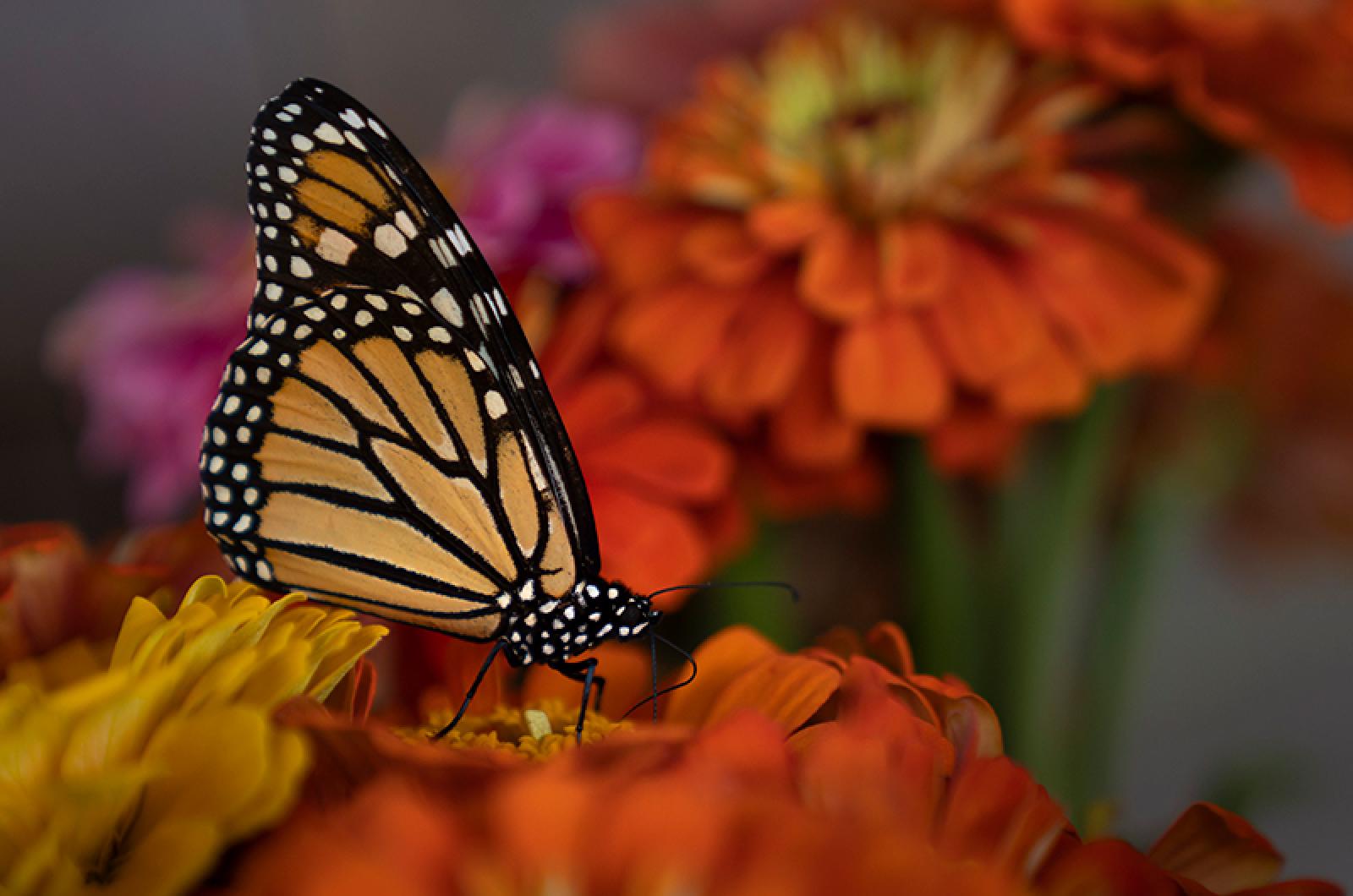The monarchs are back and appear to be even more plentiful this year on the Island, perhaps encouraged by the milkweed that is flourishing in old farm fields and forgotten roadside corners up-Island and down.
The sight of the graceful butterflies flitting and swooping about is uplifting as summer begins its slow but inevitable turn toward the shortening days of autumn.
Soon the monarchs will begin their fall migration to southern climes. North American monarchs are the only butterflies that make such a massive journey — up to 3,000 miles.
In West Tisbury, a meadow that lies near a horse farm has been mowed around the edges, leaving the milkweed to grow in the middle but allowing for walks by children on horseback around the perimeter. Monarch butterflies can be found there in abundance.
But as a species the monarchs are far from abundant, and in fact are in trouble, threatened by habitat loss from development and climate change. A report done this spring by the United Nations found that warming temperatures are contributing to the escalating loss of the monarchs.
Counts have fallen dramatically in the past two decades, with the total population now estimated in the low tens of thousands, the report found.
Longstanding efforts by conservationists have finally led to monarchs being placed on the list for consideration as an endangered species. A decision was expected by sometime in 2020.
But the announcement this week from the U.S. Fish and Wildlife Service that it would make changes to the 1973 Endangered Species Act that effectively weaken its protections represents a troubling setback to those efforts.
Slated to take effect next month, the changes are expected to be challenged in court and may or may not survive intact.
A little like the monarchs themselves.




Comments
Comment policy »